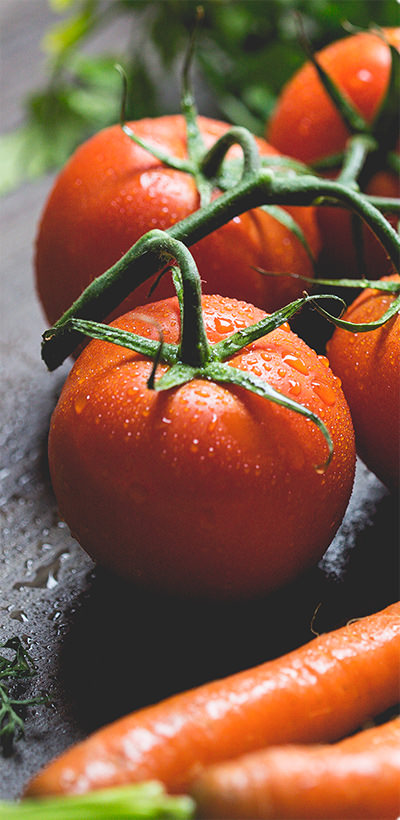Show Entries Pumpkin
Grow a champion! Our famous seed collected from Show Entries of Atlantic Canada weighing 500 - 1000 lbs. This seed has the potential to produce the ‘big one’. Limited supply... order early! Maturity 105-110 days. 5 sds/pkg.
Scroll down for more details and growing information.

Details
Growing Information
Prepare Your Soil
In the fall, till up a 10-foot diameter bed in a sunny, well-drained spot with rich garden soil. Eight or more hours of sun is a must, and if the area is protected from wind by shrubbery or structures, that’s even better.
Spread 6 inches of composted cow manure over the bed and till it in. This will be the base of fertility for the giant pumpkin next year.
Sculpt the bed into a low broad mound, like a pitcher’s mound, and cover it for the winter with a straw mulch or a cover crop.
In late winter/early spring, start the pumpkin seeds in peat pots about a month before the average date of last frost in your area.
Planting:
Plant after all danger of frost has past and when the soil has warmed to 21 degrees C. Can be started indoors 3-4 weeks ahead of last frost date. Sow 1 seed into jiffy pots and transplant out after all risk of frost has passed. For early direct plantings, use floating row covers to raise soil temperature, increase early growth and protect tender plants from wind injury. Sow 1 inch deep, 6 inches apart in rows 48-72 inches apart. Thin plants to 24-36 inches apart. Plant vining types at the edge of the garden to prevent the plants from overtaking the entire site. Space bush type plants 24 inches apart in rows 36-48 inches apart.
Once your most vigorous seedling has several leaves, transplant it into the bed that was prepared in the fall. (If you have the space, you can plant more than one seedling if you prepared more than one mound; each seedling should be at least 10 feet apart.)
Cover the seedling with a cold frame to protect it from late frosts and to warm up the ground, which encourages the pumpkin plant to start growing. This is essentially a mini-greenhouse, but it doesn’t have to be fancy—four stakes with clear 6-mil plastic sheeting stapled over top is enough. The cold frame should cover at least a 4-foot diameter area around the young plant.
Check soil moisture daily. The ground needs to be evenly moist, but not soggy, at all times. Wetting the leaves encourages fungal problems, so always water at ground level (a drip system is ideal for this).
Fertilize with light doses of nutrients weekly. In the first third of the growing season, concentrate on high nitrogen sources, such as fish emulsion; in the middle third, increase the phosphorus content with products high in bone meal; in the third phase, use products high in potassium, such as greensand. Provide trace minerals with kelp meal throughout the season.
Maintain a weed-free zone around the pumpkin plant throughout the growing season.
Growing a Giant:
Full sun and soil pH of 5.5-6.5. Moderate feeders; prefer a rich loamy soil of good fertility and moisture retention.
If the growing area is exposed to wind, install a low fence around the pumpkin plant to prevent leaf damage and desiccation. You need the leaves to remain large and supple to provide maximum photosynthetic energy.
Pick off all flower buds until the pumpkin vine is about 10 feet long. This allows the plants to grow more and larger leaves, which will then support rapid growth of a single pumpkin.
After the vine’s 10 feet long, allow several flowers to develop into pumpkins, but remove all but the largest fruit after several weeks of growth.
Spread a bed of sand under the chosen pumpkin to keep it out of contact with the moist earth below. This is essential for preventing rot.
Gently adjust the chosen pumpkin so the stem is at a perpendicular orientation to the vine. The stems usually start out with an acute angle to the vine, but they are prone to breaking in this arrangement once they become brittle later in the season.
Erect a canopy of shade cloth over the chosen pumpkin. In full sun, the skin of the fruit hardens earlier, restricting its ultimate size.
Remove the rootlets that form along the vine for several feet on either side of the pumpkin as it develops. The vine needs to lift freely from the ground as the pumpkin grows, which is prevented by the small roots that form naturally on all pumpkin plants.
Spread a couple inches of soil over roots that form along other parts of the vines to encourage a larger root system. Water and fertilize the soil under all the vines, not just the main root system, to encourage maximum uptake.
Prune the lateral vines that develop off the main vine once they reach about 8 feet in length. Though, in general, you want as many leaves as possible to feed energy to the growing pumpkin, the plant begins to divert more energy to vine growth (rather than fruit growth) if the vines are allowed to grow to an excessive length.
Pests & Diseases:
Monitor for pests and disease daily and apply insecticides and fungicides as soon as they appear. Striped and spotted cucumber beetles can be controlled with Rotenone or Trounce. Powdery mildew can be prevented by using a sulfur or copper fungicide during humid, damp weather. Cold weather can influence fruit set and rainy periods often hamper pollinating insects.
Companions:
Celery, corn, onion, radish.



